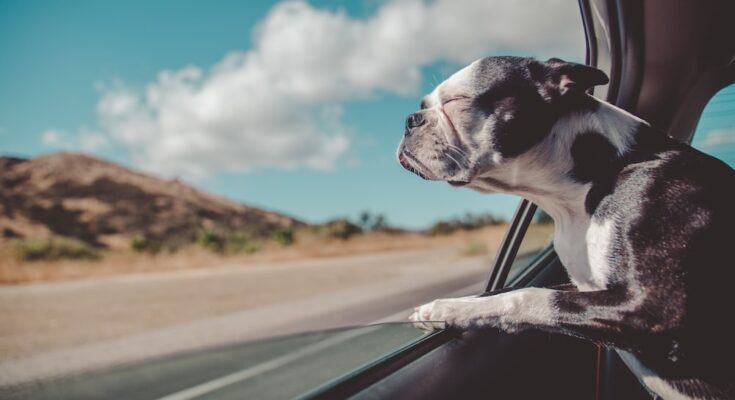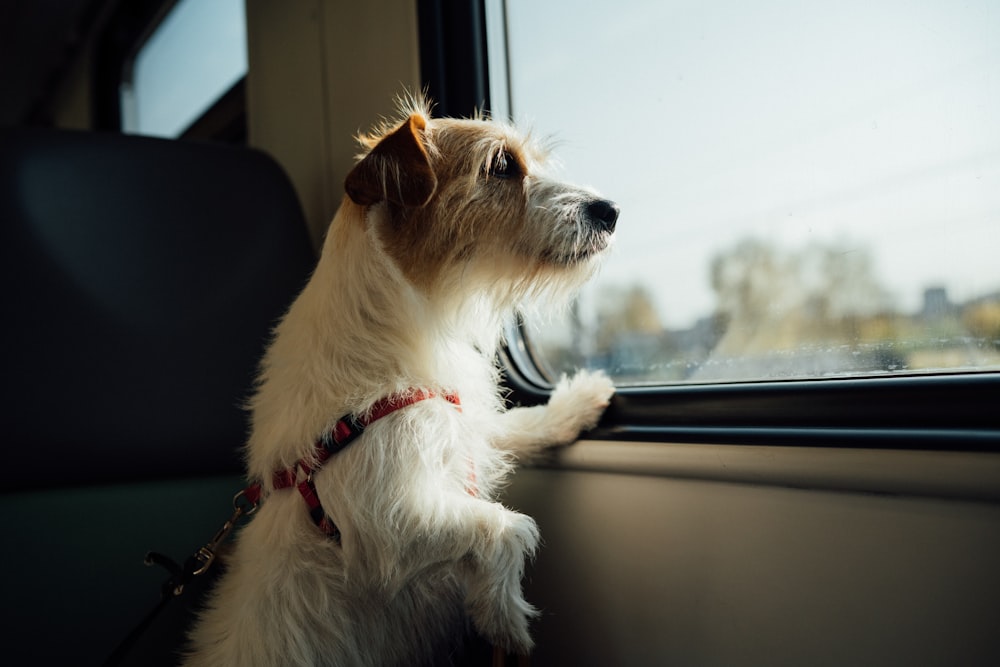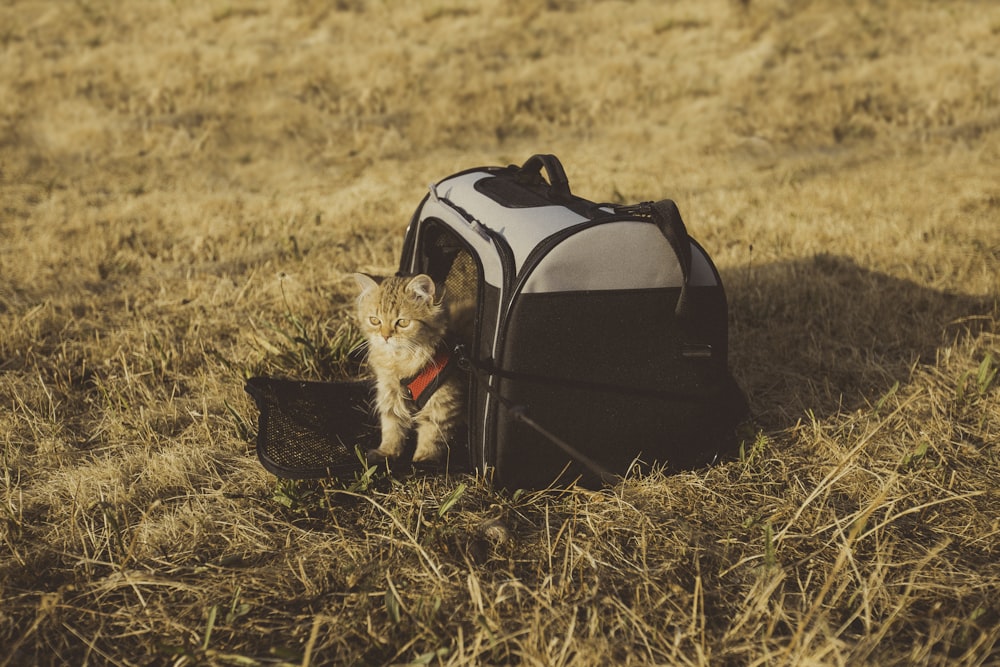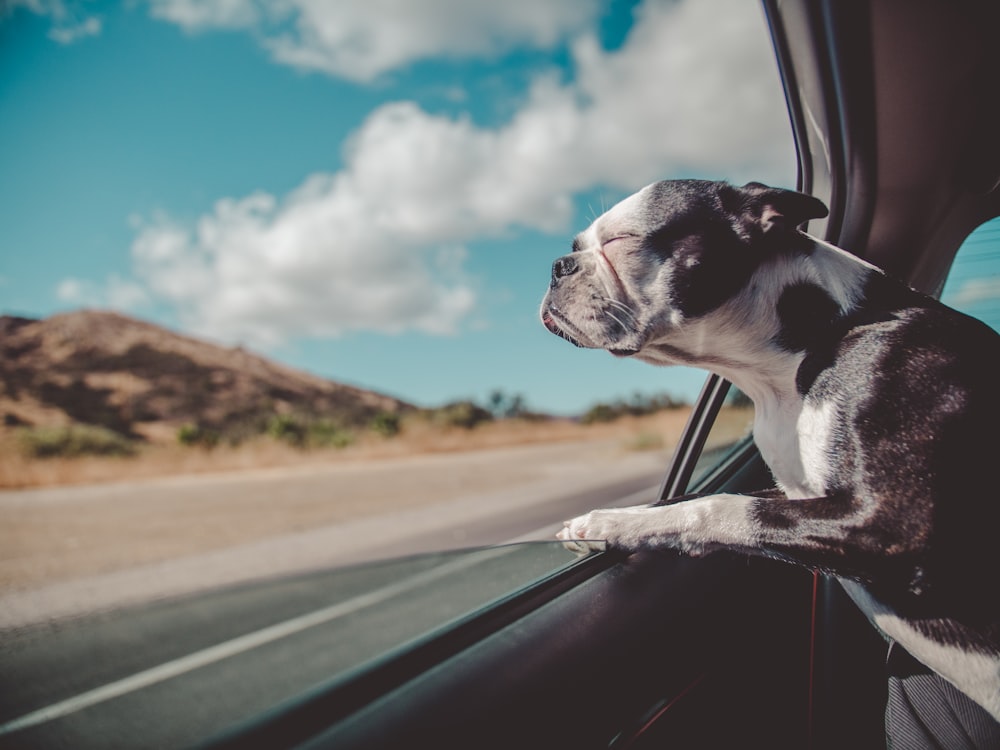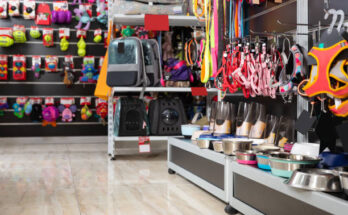Traveling With Pets: What You Need to Take Care Of
Some pets enjoy vehicle rides, so it’s enjoyable to bring them along when you travel. However, not all pets behave in this way. Here are some safety advice you should consider before driving with your beloved pet, regardless of whether they enjoy the trip.
Finding a way to restrain your pets
Image via Unsplash.com
Allowing a dog to run loose inside of a car is neither safe nor recommended. If your dog is an anxious passenger or you are driving a long distance, think about putting your dog in a pet cage. The best approach to keep a dog calm and under control while driving is to use this technique.
Caging a dog will make it easier for you to concentrate on driving rather than the dog, which is crucial because distracted drivers are more likely to be in accidents. Additionally, if you have to make a sudden stop or have an accident, it will keep your dog safe.
If you don’t want to put your dog in a cage, at least figure out a means to keep him safe. Consider keeping your dog in the back of your estate car, for instance, if you have one.
If your window boot is large, install a wire grid to prevent your dog from jumping over the backs of the seats. To ensure that the dog can sleep peacefully during the travel, encircle its space with dog blankets or put its bed in a corner. Make sure you don’t have any heavy or loose goods around because they could become harmful projectiles in the event of an accident. Most dogs find that napping helps them feel better when they are motion sick.
Think of cage as an option
Image via Unsplash.com
Positively introduce the cage to your dog. Before getting inside the car, let the dog inspect the cage. Lock your dog inside the cage after it has been put in the vehicle. Maintaining a good outlook while away from the dog in the cage for a while will help. Do not force the dog into the cage; instead, let it to enter on its own by tempting it in with food.
Carry proper supplies for your pets
By setting down its bed or blankets for padding, make the dog’s space comfy. Bring along some of your dog’s favorite chew toys, water, treats, the collar and leash, and plastic bags for waste.
Chew toys
Image via Unsplash.com
It is best to refrain from giving the dog a bone or food treats because they will trigger the dog to vomit again.
Additionally, avoid squeaky toys because they will drive you insane.
Consult a vet for your pets
Never administer Dramamine or any other medication to your dog without your veterinarian’s advice. Your veterinarian may have some alternative recommendations.
Taking care of hyperactivity
Image via Unsplash.com
Before the trip, speak with your veterinarian if your dog has issues with hyperactivity. Check to see if a mild sedative is available and suitable for your dog, particularly if the trip is lengthy. Carefully adhere to the dose recommendations.
Let pets get used to riding
Start by letting your dog explore your automobile when the engine is off. Start off with short trips until both you and your dog are comfortable taking a vehicle ride together.
Making few trips
Image via Unsplash.com
Just get your dog accustomed to the area before travelling large distances. Take your dog to a park or a field so they won’t only link car journeys with trips to the vet but also with nice things.
Carrying pets collar
No matter how well-behaved your dog is, there’s always a danger that he’ll get out of the car and try to flee from you. In the event that your dog escapes while you are travelling, make sure it can be located.
Taking breaks
Allow your dog to exercise and become exhausted. While you’re taking a break, you should also give your dog a little snack and some water. Make sure to take a little stroll, even if it’s only on the grass near a fast-food restaurant at a service station by the highway, every hour or so.
This provides you plenty of time to offer your dog some water and allows them to use the restroom. It’s crucial to take your dog on brief walks so that it can stretch its legs and avoid becoming bored.
This is especially crucial if you have a lengthy journey ahead of you. The normal dog can only drive for a maximum of four hours before needing a longer break, but it is advised that drivers take breaks every two hours.
As soon as you stop, lock your car, give your dog some food and water, and take him for a walk so he can burn off some of his excess energy. Make sure the area is grassy, peaceful, and away from the traffic.
Don’t leave pets in parked car
Image via Unsplash.com
Be mindful of how quickly a dog might suffer from heatstroke in a parked car and pass away. Always keep an eye on your dog when leaving it in the car during warm weather.
When stopping for a lunch, park your car in the shade and let down each window by about an inch to allow in some cool air. If your dog is riding in a dog seat, place a dish of cold water in the car for them both, and unbuckle them. Order takeaway and lock the doors to your vehicle.
If it’s a hot day, try to keep your dog in the car for no longer than five minutes at a time to prevent overheating. If you anticipate that your stop will take longer than expected—for instance, if you are in a long queue for food—tie your dog to a post either inside the front door or slightly outside in an area where you can see it.
He or she will at least be cool while you wait. Make sure the dog is tied securely to prevent escape. Additionally, if the knots are tight, your dog will be less likely to be stolen.

